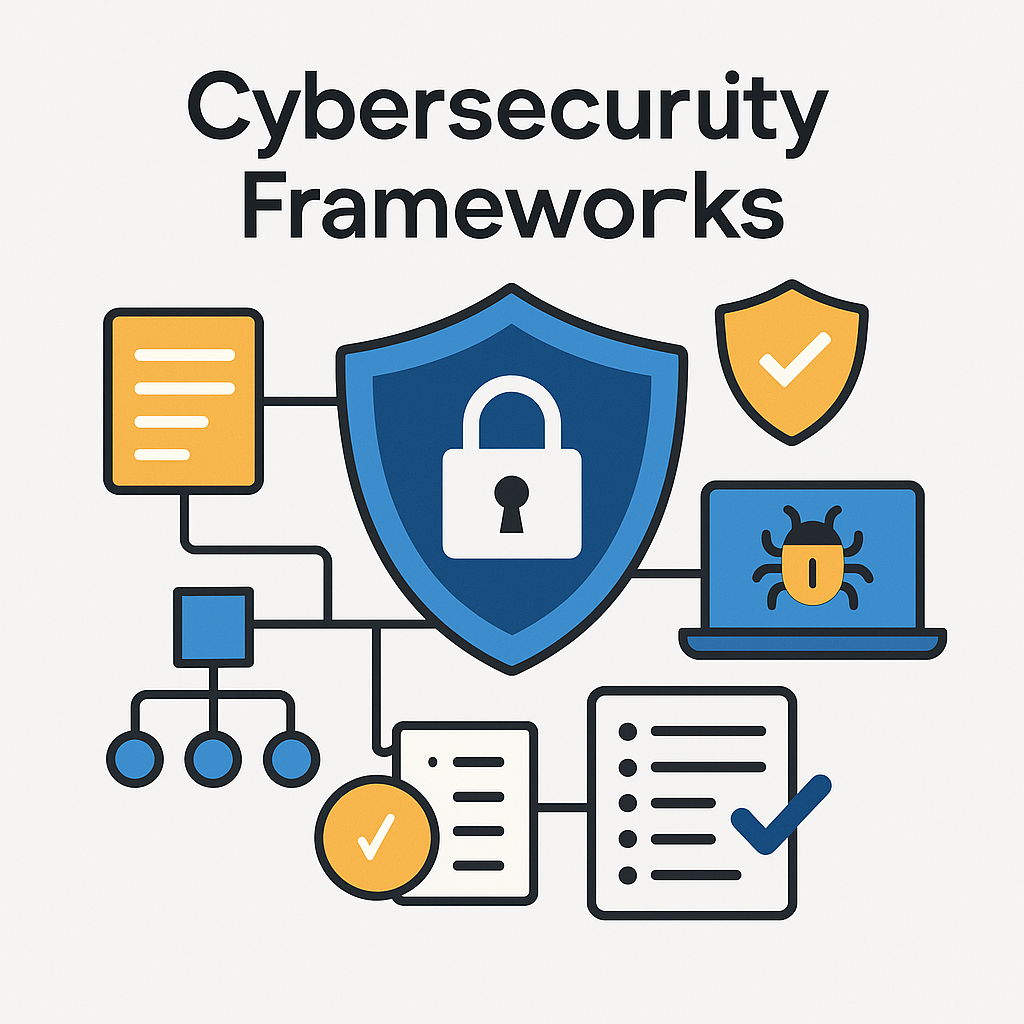When it comes to managing cybersecurity risks, there’s no shortage of frameworks out there. They all promise structure, clarity, and resilience — but to most teams, they first feel like an overwhelming pile of jargon. Let’s break that down.
A solid framework doesn’t try to be everything at once. It’s a toolkit, not a rulebook — a way to stay organized when incidents strike and pressure’s high. Instead of starting from scratch, these systems give you the building blocks to create a security posture that fits your setup.
What’s a Framework, Really?
Think of it as a layered checklist for your infrastructure. It helps answer questions like:
– What are we defending?
– Where are the vulnerabilities?
– Who’s responsible for what?
– And how do we react when something slips past?
Some frameworks lean toward compliance, others toward rapid ops. None are flawless — but the right one for your org will bring clarity where chaos used to be.
The Frameworks That Professionals Keep Reaching For
NIST CSF
This one’s widely adopted because it’s flexible, not prescriptive. Built around five action categories — Identify, Protect, Detect, Respond, Recover — it’s adaptable enough for tech startups and government contractors alike.
ISO/IEC 27001
The heavyweight for international security standards. It’s deeply procedural, with strong emphasis on documentation, audits, and control cycles. A common pick for organizations that operate across multiple regions or industries with formal compliance demands.
COBIT
More about strategy than controls. COBIT is often used by enterprises that want security policies to align closely with business management and governance. It’s less technical and more structural.
CIS Controls
These are clear, ranked priorities. Ideal for teams that just want to get moving, CIS provides a condensed set of actions with tangible impact. The Controls list is practical — and often the fastest way to reduce risk early.
IEC 62443
If your world includes SCADA, OT systems, or factory-floor machinery, this is your go-to. Designed for industrial security, it addresses hardware/software that isn’t easily patched or taken offline.
MITRE ATT&CK
Rather than a security framework in the traditional sense, ATT&CK catalogs real-world attack tactics and behaviors. It helps teams spot adversary patterns early and model their defense accordingly. Best used alongside a primary framework, not instead of one.
Why So Many? Because Context Matters
Security isn’t one-size-fits-all. A mid-size SaaS company and an energy provider will have completely different priorities. That’s why no single framework works universally. Instead, think layered — mix and adapt.
Some teams start light with CIS. Others jump into ISO because their clients require it. Hybrid environments might map NIST roles onto MITRE scenarios. It’s less about which one you choose, and more about how you apply it.
Where to Begin — Without Getting Stuck
| Use Case | Frameworks to Consider |
| Clean slate, no policies in place | CIS Controls, then NIST |
| Mature environment, formal audit needs | ISO/IEC 27001, COBIT |
| OT systems with strict uptime constraints | IEC 62443 |
| Security team growing into detection ops | MITRE ATT&CK alongside NIST |
Putting It All Together
Here’s a common sequence used by teams that want traction without red tape:
1. Start with CIS Controls — close obvious gaps in system hardening and access.
2. Bring in NIST CSF to define roles, responsibilities, and long-term planning.
3. Apply MITRE ATT&CK to threat modeling and incident analysis.
4. If the business demands compliance, ISO 27001 comes in last — not first.
Frameworks are tools, not trophies. What matters is not how many pages you check off, but whether your people can act when something goes wrong.
Final Thoughts
Security frameworks won’t protect you by themselves. But they will help you stay consistent, avoid blind spots, and respond faster when things break. Choose the one that speaks your team’s language. Refine it over time. And never treat documentation as done — because neither are attackers.

